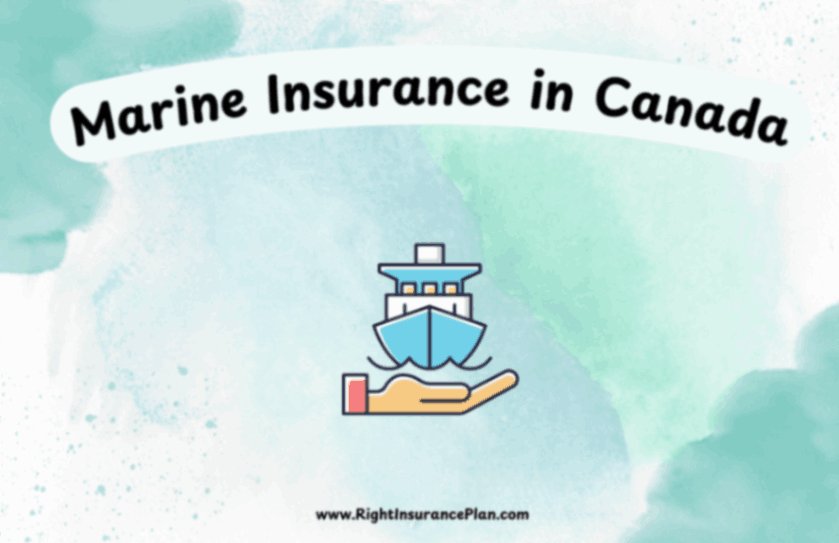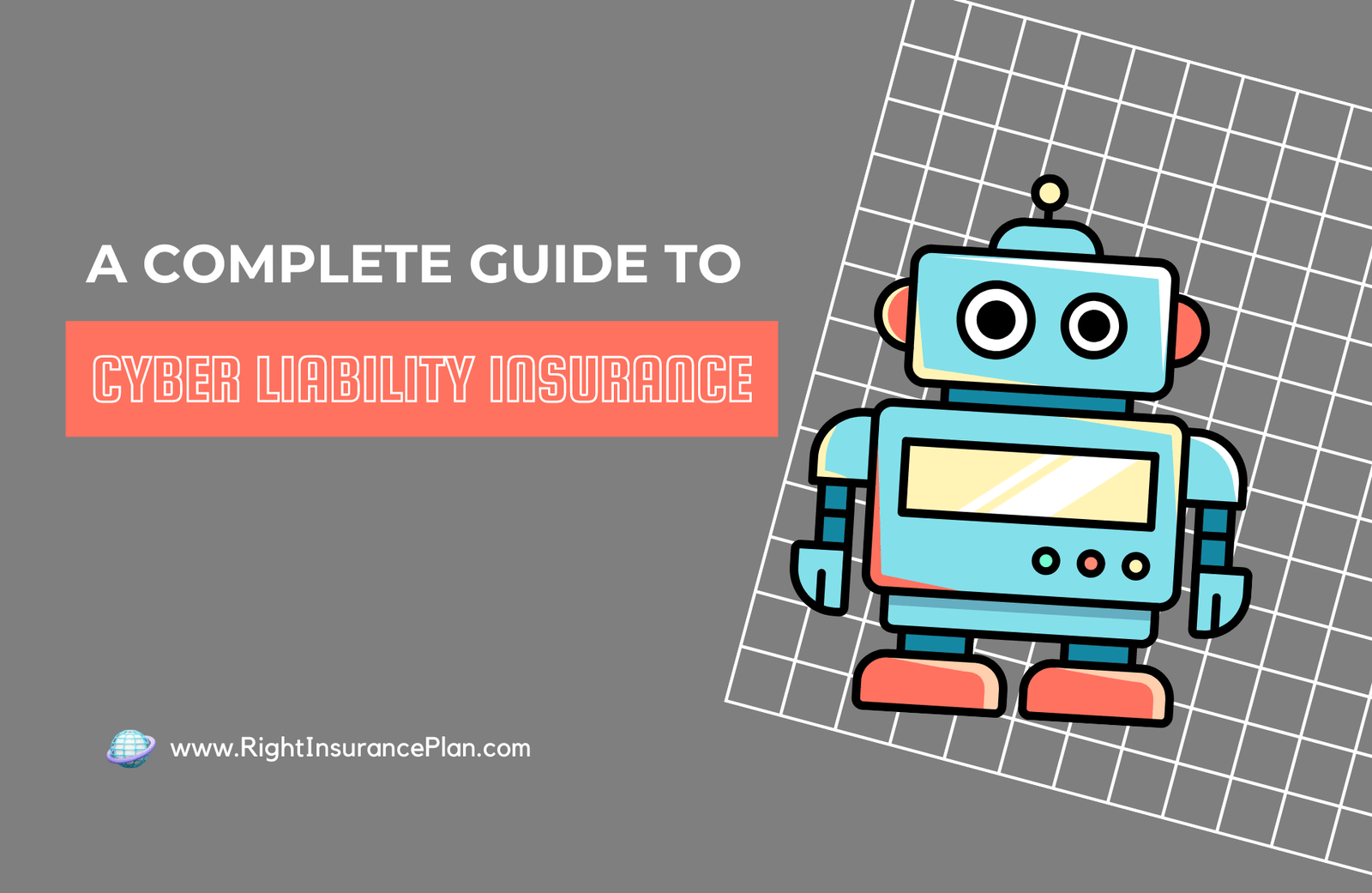
Third-Party Car Insurance in Canada 2024
When it comes to driving in Canada, having proper car insurance is not just a good idea – it's the law. Among the various types of auto insurance available, third-party car insurance, also known as third-party liability coverage, is a fundamental component of every Canadian driver's insurance policy. This blog post will delve into the intricacies of third-party car insurance in Canada, exploring its importance, coverage details, legal requirements, and recent trends.
What is Third-Party Car Insurance?
Third-party car insurance is a type of coverage that protects you financially if you're found responsible for causing injury, death, or property damage to another person (the "third party") while operating your vehicle. This coverage is mandatory across all Canadian provinces and territories, forming the foundation of any auto insurance policy.
Legal Requirements Across Canada
While third-party liability insurance is mandatory throughout Canada, the minimum coverage amounts vary by province and territory. Here's a breakdown of the minimum required coverage as of early 2024:
1. British Columbia: $200,000
2. Alberta: $200,000
3. Saskatchewan: $200,000
4. Manitoba: $200,000
5. Ontario: $200,000
6. Quebec: $50,000
7. New Brunswick: $200,000
8. Nova Scotia: $500,000
9. Prince Edward Island: $200,000
10. Newfoundland and Labrador: $200,000
11. Yukon: $200,000
12. Northwest Territories: $200,000
13. Nunavut: $200,000
It's important to note that while these are the minimum required amounts, many insurance experts recommend opting for higher coverage limits to ensure adequate protection in the event of a serious accident.
What Does Third-Party Car Insurance Cover?
Third-party liability insurance typically covers:
1. Bodily injury: This includes medical expenses, rehabilitation costs, and lost wages for individuals injured in an accident you're responsible for.
2. Property damage: This covers repair or replacement costs for vehicles, buildings, or other property damaged in an accident you've caused.
3. Legal fees: If you're sued as a result of an accident, your insurance may cover legal defense costs.
4. Settlements or judgments: If you're found liable in a lawsuit, your insurance will cover the settlement or judgment up to your policy limit.
What's Not Covered?
It's equally important to understand what third-party liability insurance doesn't cover:
1. Your own injuries or property damage
2. Damage to your own vehicle
3. Theft of your vehicle
4. Weather-related damage to your vehicle
For these types of coverage, you would need to add collision, comprehensive, or other specific coverages to your policy.
The Importance of Adequate Coverage
While the legal minimums provide basic protection, they may not be sufficient in the event of a serious accident. Medical costs, property damage, and potential lawsuits can quickly exceed these minimum amounts. For this reason, many Canadians opt for higher liability limits, often $1 million or more.
Consider this scenario: You're found at fault in a multi-vehicle accident that results in severe injuries to several people and significant property damage. The total costs could easily surpass $1 million. If you only have the minimum required coverage, you could be personally responsible for paying the difference, which could lead to financial ruin.
Factors Affecting Third-Party Insurance Premiums
Several factors can influence the cost of your third-party liability coverage:
1. Driving record: A clean driving record typically results in lower premiums.
2. Age and gender: Statistically, young male drivers are considered higher risk and may face higher premiums.
3. Location: Urban areas often have higher rates due to increased accident risks.
4. Vehicle type: Some vehicles are more expensive to insure based on factors like repair costs and theft rates.
5. Annual mileage: The more you drive, the higher your risk of an accident, which can increase premiums.
6. Coverage limits: Higher liability limits will increase your premium but provide better protection.
Recent Trends in Canadian Auto Insurance
The Canadian auto insurance landscape has seen several notable trends in recent years:
1. Rising premiums: Many provinces have experienced increases in auto insurance premiums due to factors such as more frequent severe weather events, rising repair costs for technologically advanced vehicles, and increased distracted driving incidents.
2. Usage-based insurance: More insurers are offering programs that use telematics devices or smartphone apps to monitor driving habits and potentially offer discounts for safe driving.
3. COVID-19 impact: The pandemic led to temporary premium reductions or rebates from many insurers due to reduced driving and fewer accidents during lockdowns. As of 2024, the long-term effects on premiums are still being assessed.
4. Focus on fraud prevention: Insurance companies and provincial governments have been increasing efforts to combat auto insurance fraud, which contributes to higher premiums for all drivers.
5. Emphasis on digital services: Many insurers have enhanced their online and mobile platforms, allowing customers to manage policies, file claims, and access services more easily.
Tips for Choosing the Right Third-Party Liability Coverage
1. Assess your needs: Consider your assets and potential risks when deciding on coverage limits.
2. Shop around: Compare quotes from multiple insurers to find the best rates and coverage options.
3. Bundle policies: Many insurers offer discounts if you bundle your auto insurance with home or other types of insurance.
4. Ask about discounts: Inquire about potential discounts for things like safe driving records, anti-theft devices, or completing driver training courses.
5. Review your policy regularly: As your circumstances change, your insurance needs may change too.
6. Consider an umbrella policy: For additional protection beyond your auto insurance limits, an umbrella policy can provide extra liability coverage.
The Future of Third-Party Car Insurance in Canada
Looking ahead, several factors may influence the evolution of third-party car insurance in Canada:
1. Autonomous vehicles: As self-driving technology advances, questions about liability and how to insure these vehicles will need to be addressed.
2. Climate change: Increasing severe weather events may lead to more accidents and claims, potentially driving up premiums.
3. Changing demographics: An aging population and shifting urban landscapes may affect driving patterns and insurance needs.
4. Technological advancements: Continued improvements in vehicle safety features may help reduce accident rates but could also increase repair costs.
5. Regulatory changes: Provinces may adjust minimum coverage requirements or implement new regulations to address evolving insurance challenges.
Conclusion
Third-party car insurance is a crucial component of responsible vehicle ownership in Canada. While minimum coverage amounts are mandated by law, it's essential for drivers to carefully consider their individual needs and circumstances when choosing liability limits. By understanding the basics of third-party insurance, staying informed about industry trends, and regularly reviewing your coverage, you can ensure that you're adequately protected on Canadian roads.
You can also check the information regarding Funeral Insurance In Canada
FAQs:
Q: Is third-party car insurance mandatory in Canada?
Yes, third-party liability insurance is mandatory in all provinces and territories of Canada.
Q: What's the difference between third-party liability and collision coverage?
Third-party liability covers damage or injuries you cause to others, while collision coverage pays for damage to your own vehicle in an accident.
Q: How much third-party liability coverage do you need?
While minimum requirements vary by province (typically $200,000), many experts recommend at least $1 million in coverage for adequate protection.
Q: Does third-party insurance cover damage to your own car?
No, third-party insurance only covers damage you cause to others. You need collision or comprehensive coverage for your own vehicle.
Q: Will your third-party insurance cover your if you drive someone else's car?
Generally, yes. Your liability coverage usually follows you when you drive other vehicles with the owner's permission.
Q: Can you get third-party insurance if you have a learner's permit?
Yes, but you may need to be listed on a parent or guardian's policy. Some insurers have specific policies for learner drivers.
Q: How does third-party insurance work in a no-fault province?
In no-fault provinces, your own insurance covers your injuries regardless of fault, but third-party liability still covers property damage you cause to others.
Q: Will your premiums increase if you make a third-party liability claim?
Possibly, especially if you're found at fault. However, this can vary depending on your insurer and the specifics of the incident.



